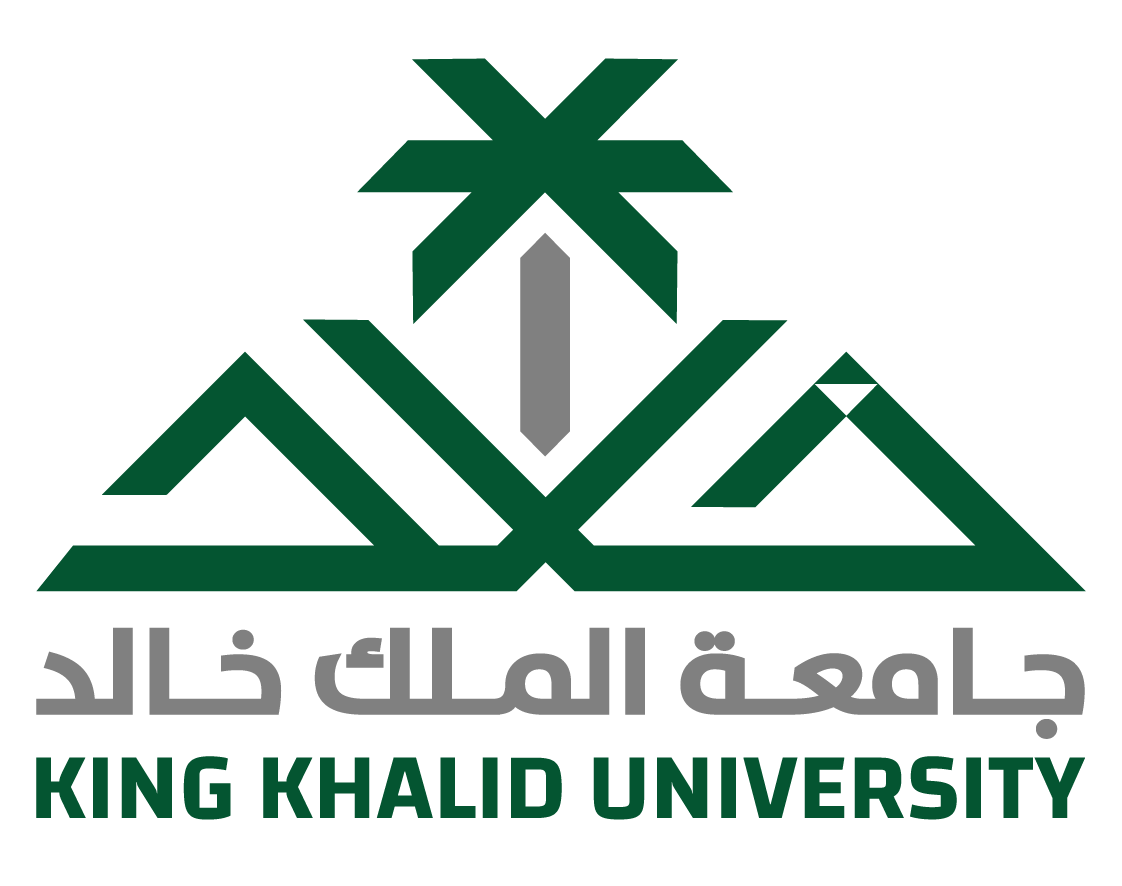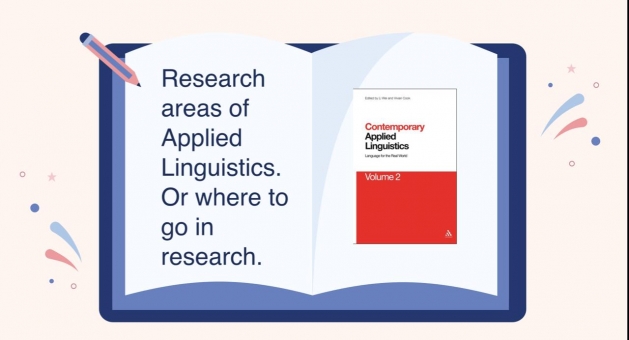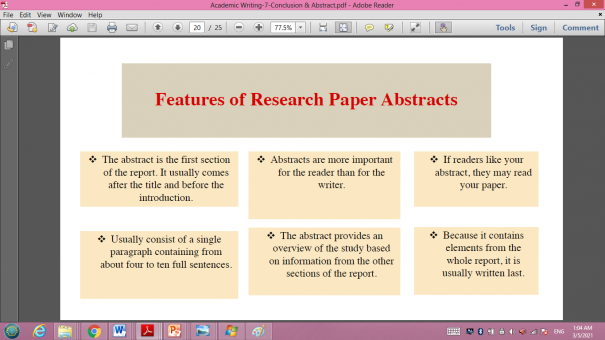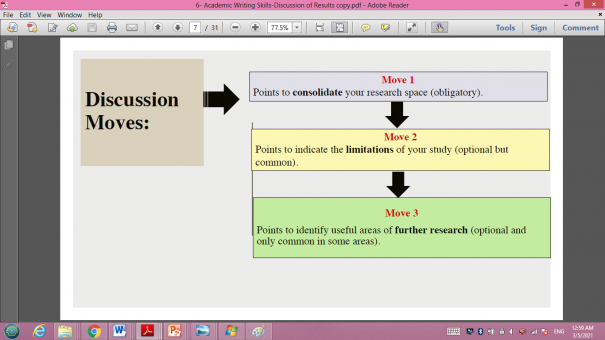Your Guide for MA Studying
The Scientific Research Committee organized a webinar titled "Your Guide for MA Studying" on 24 March 2021. The speakers of this webinar were three post-graduate students Ms. Warda Saad, Ms. Fatemah Abdulaziz, and Ms. Alaa Salem. The 1st speaker Ms. Warda Saad started the program by posing a question to the undergraduate students: What is your goal? Next, she explained the four goals listed by her, which are as follows:
Expand your knowledge of fields related to your field.
Gain recognition.
Start making connections.
Take advantage of academic support.
After elaborating on the goals of the students, the speaker stated the students' and teachers' expectations in the MA program. In a nutshell, she urged the students to be prepared for more work, be more focused and motivated, cite every word they say or use in their work, and develop their habits. Towards the end of her speech, Ms. Warda advised the students to ask a lot of questions to their supervisors and professors. She also explained that any remarks from the professors/supervisors/teachers are never personal, and they should be aware of that.
The 2nd speaker Ms. Fatemah started her speech by explaining the meaning of scientific research. Next, she elaborated on the reading skill of researchers, which is essential. She focused on the skimming and scanning techniques used in reading, and she imparted the message to the students that to expand the knowledge of the researchers, there is no alternative to reading. She has urged the students to think critically and objectively and develop the skill of discussion as well.
In the next part of her speech, Ms. Fatemah highlighted the magic of the Internet. She has discussed how students can view YouTube as a Tutor and use Grammarly for checking Plagiarism. She concluded her speech on a motivating note by saying, "Celebrate small achievements on the way to your goal."
The 3rd speaker, Ms. Alaa Salem, started her speech by talking about Applied Linguistics research areas or where to go in research. She referred to a book titled Contemporary Applied Linguistics. She has pointed out various aspects such as globalization of language, the death of languages, language and economy, poverty and languages, religion, family and language, language and culture, translation and language, language and the brain, etc. While discussing language and economy, the speaker gave an example of a story of a Phillipino worker and showed how people are judged by how they speak a language. She pointed out that language becomes an indicator of the intelligence of a person.
Last of all, the speaker discussed language and the brain, and she said how Neurolinguistics, Speech Disorder, and Sign language could be sources for researchers.
All three speakers of the webinar were successful in enlightening the undergraduate students about the MA program.
Date: 3/25/2021
Source: Ms. Shanjida Halim, Scientific Research Committee Member











